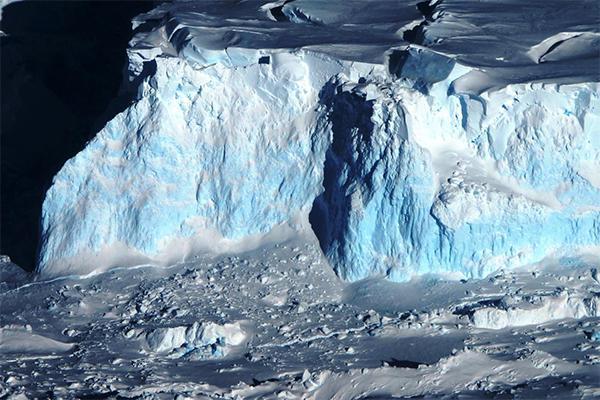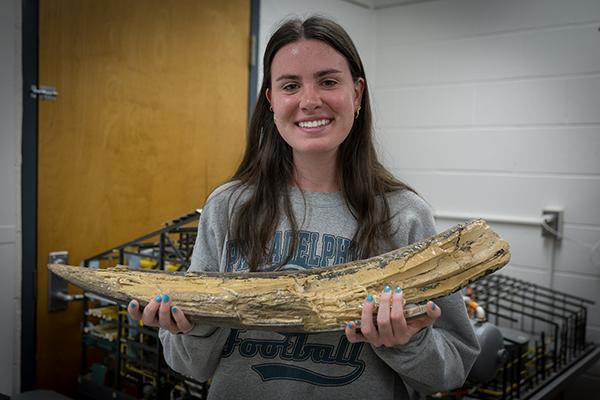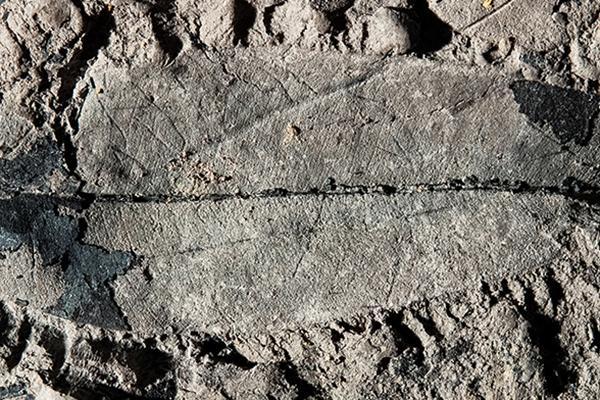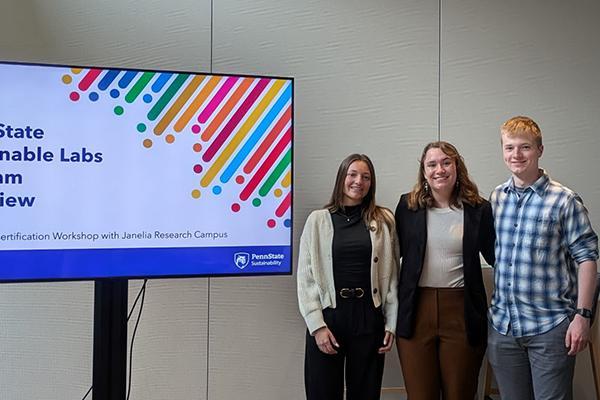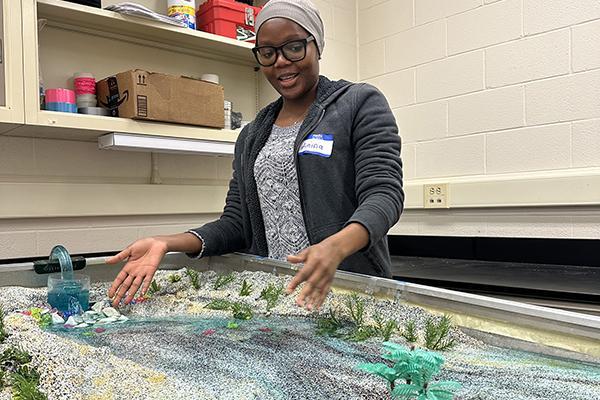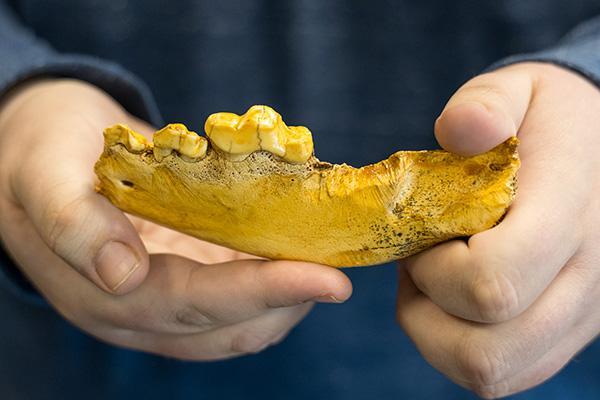A team led by researchers at Penn State developed a new method to evaluate cracks that destabilize ice shelves and accelerate loss of sea ice.
Eight Penn State graduate students, including two from EMS, received U.S. National Science Foundation (NSF) Graduate Research Fellowships for the 2025-26 academic year.
Each semester, staff across Penn State's colleges pull off what seems like an impossible task: Host the perfect ceremony to cap off every student's journey toward a degree. But commencement ceremonies are an undertaking that can't happen overnight. It takes the dedicated work of commencement coordinators and college staff to plan, prepare for and execute the biggest annual event at University Park.
It took a series of events for things to fall into place. First, a mastodon had to live its life in the rolling terrain of Iowa, fossilize and be exposed by erosion in a nearby stream some 13,000 years later. Chris Widga, a vertebrate paleontologist at Penn State, had to find a home as director of the EMS Museum & Art Gallery. And Kaitlin Dasovich, a student in geosciences, had to develop a spark for undergraduate research.
For the first time, scientists have discovered fossil evidence of an endangered, living tropical tree species. The unprecedented find was made in Brunei, a country on the large island of Borneo, and reveals a critical piece of the ancient history of Asia’s rainforests, highlighting the urgent need for conservation in the region, according to researchers at Penn State who led the discovery.
Three Penn State undergraduate students who participate in the University’s Sustainable Labs Program were invited to Howard Hughes Medical Institute’s (HHMI) Janelia Research Campus in April to help make the facility’s research labs more sustainable.
For the second year in a row, fourth graders in the State College Area School District have been learning about the earth sciences with the help of geosciences experts in the Penn State College of Earth and Mineral Sciences (EMS).
The world was mesmerized by Colossal Biosciences’ recent announcement that they had cloned dire wolf pups, a species of canine that’s been extinct for more than 10,000 years. While experts have debated the “de-extinction” of these wolves, which are far more genetically similar to living grey wolf than to the original dire wolf, one thing is certainly true: An undergraduate student at Penn State recently catalogued a jawbone from one of Pennsylvania’s few dire wolf fossils.
Seeing the “huge juxtaposition” between streams flowing near her childhood home in Lancaster County impaired by pollution from intensive agriculture and the seemingly pristine creeks tumbling down the forested mountains around her family’s cabin in Mifflin County led Bridget Reheard to study how contaminants in waters affect aquatic organisms and aspirations for a career working to protect natural resources.
Olivia DiPrinzio, who graduated from Penn State in 2024 with honors in energy engineering and Earth science and policy, is now associate director of the Pennsylvania Environmental Resource Consortium.


